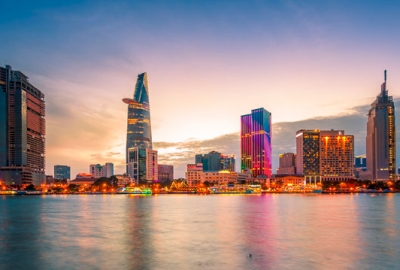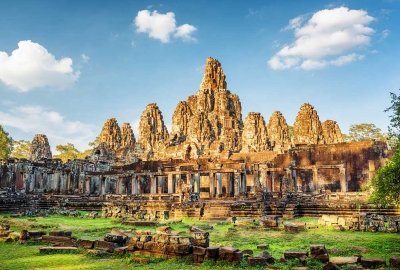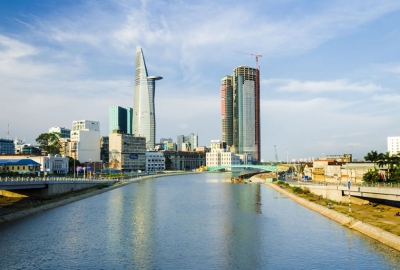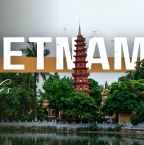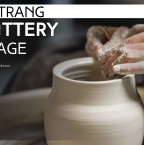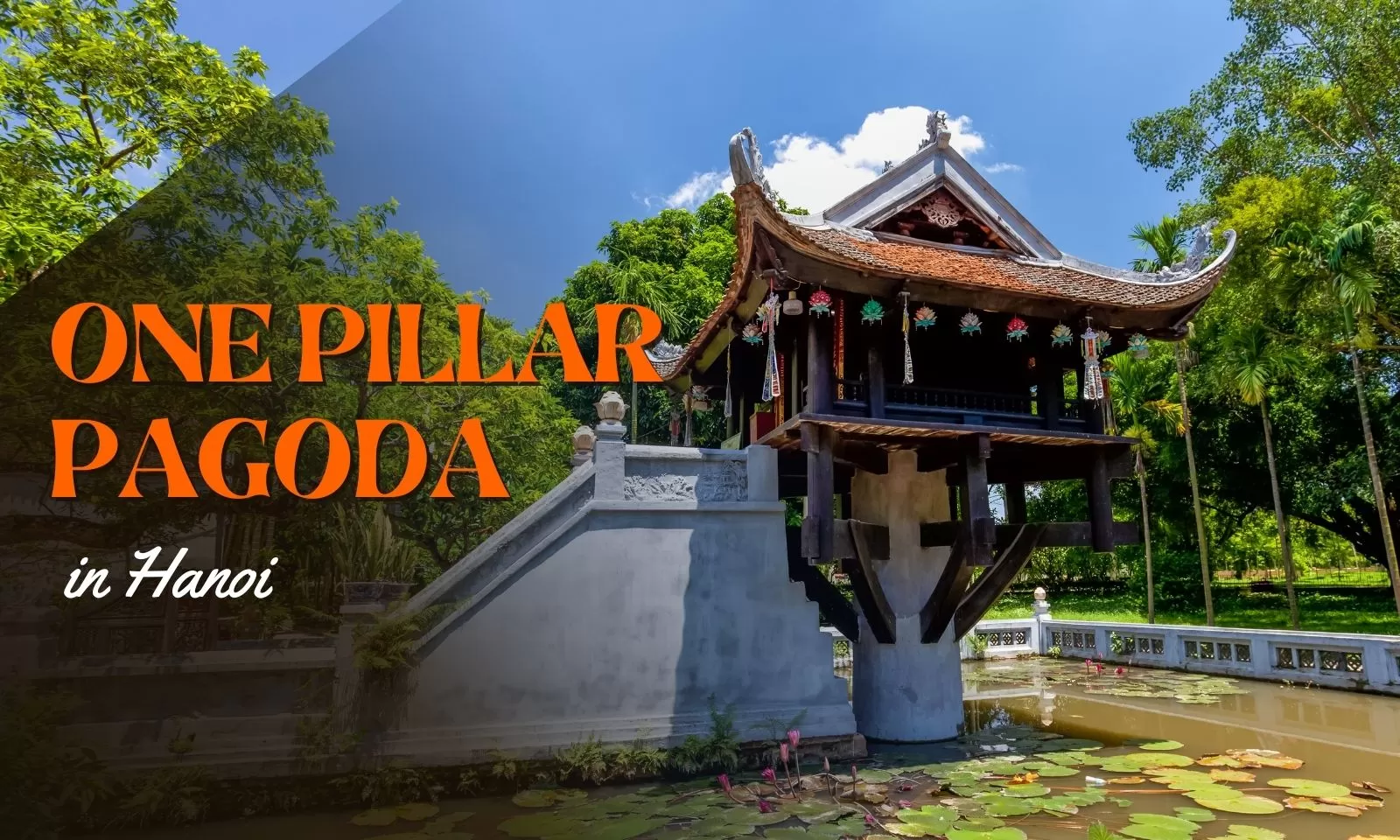
One Pillar Pagoda in Hanoi: Vietnam’s most unique temple

The One Pillar Pagoda in Hanoi stands as a remarkable symbol of history, spirituality and architectural ingenuity. With its lotus-inspired design and rich cultural legacy, this iconic temple draws visitors from around the world. Whether you’re a history enthusiast or a curious traveler, exploring the One Pillar Pagoda offers a glimpse into Vietnam’s deep-rooted traditions and artistic heritage.
Join us as we wander through this timeless landmark, uncover its hidden stories and experience the serene beauty that has captivated visitors for centuries.
Table of Contents
The legend and history behind One Pillar Pagoda
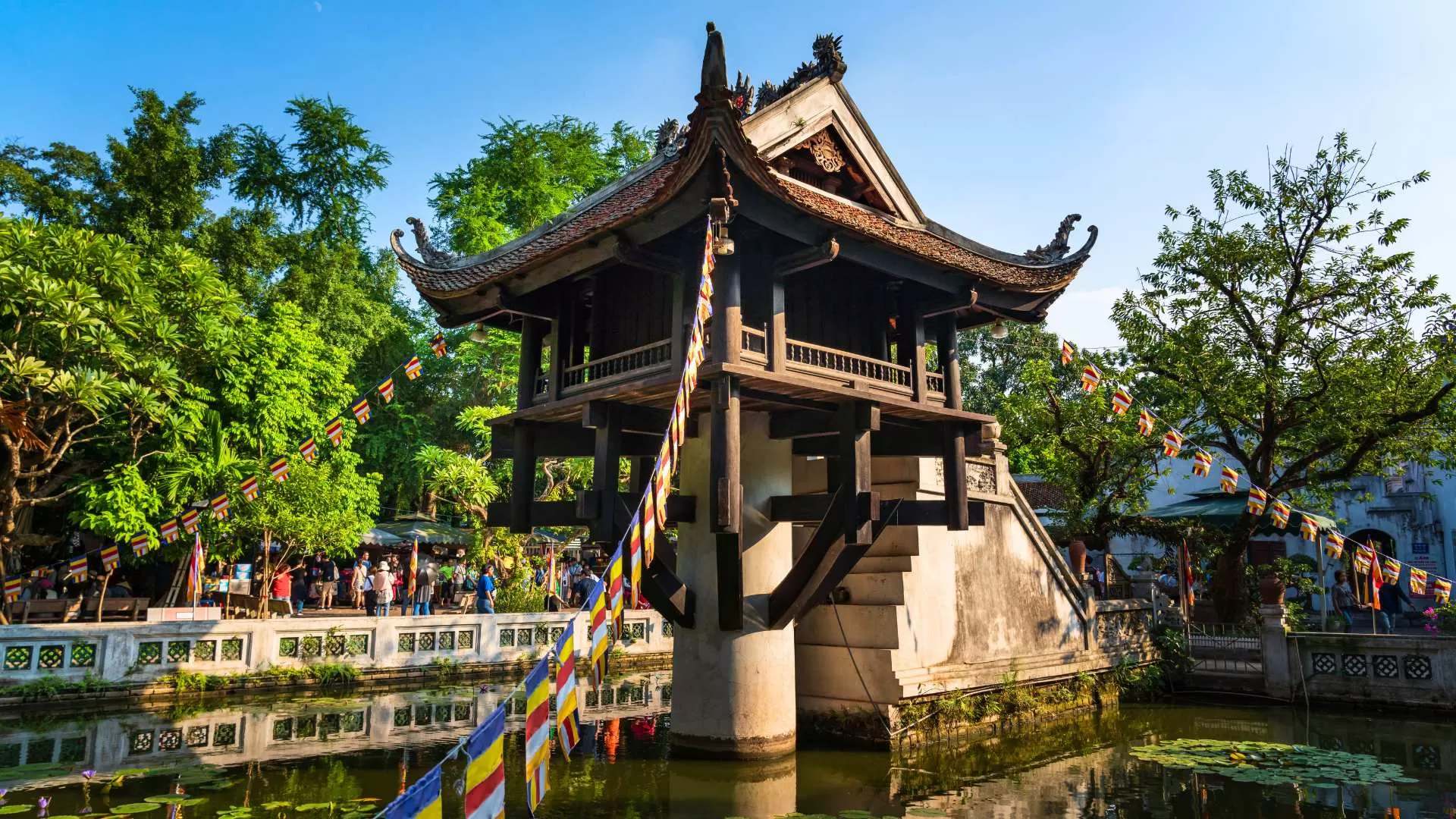
The origin of the One Pillar Pagoda, Vietnam is steeped in legend and imperial faith. In 1049, Emperor Ly Thai Tong dreamt of Avalokiteshvara—the Goddess of Mercy—sitting on a radiant lotus blossom. In the dream, she gently invited him to sit on a lotus throne. Interpreting this vision as a heavenly blessing, the emperor ordered the construction of a lotus-shaped pagoda rising from a single stone pillar in the middle of a lotus pond. This design was meant to symbolize purity, enlightenment, and spiritual elevation. The pagoda was named Dien Huu, meaning “long-lasting blessings,” reflecting hopes for enduring peace and prosperity.
As a unique temple in Vietnam, the One Pillar Pagoda has stood the test of time, despite facing destruction and war. It was nearly demolished during the war period but was faithfully restored by the Vietnamese government in 1955. Today, this famous pagoda in Hanoi remains a treasured religious and cultural site. For both worshippers and visitors, it is a profound symbol of Vietnam’s spiritual heritage, artistic ingenuity, and the enduring resilience of the Vietnamese people.
Architectural beauty and symbolism
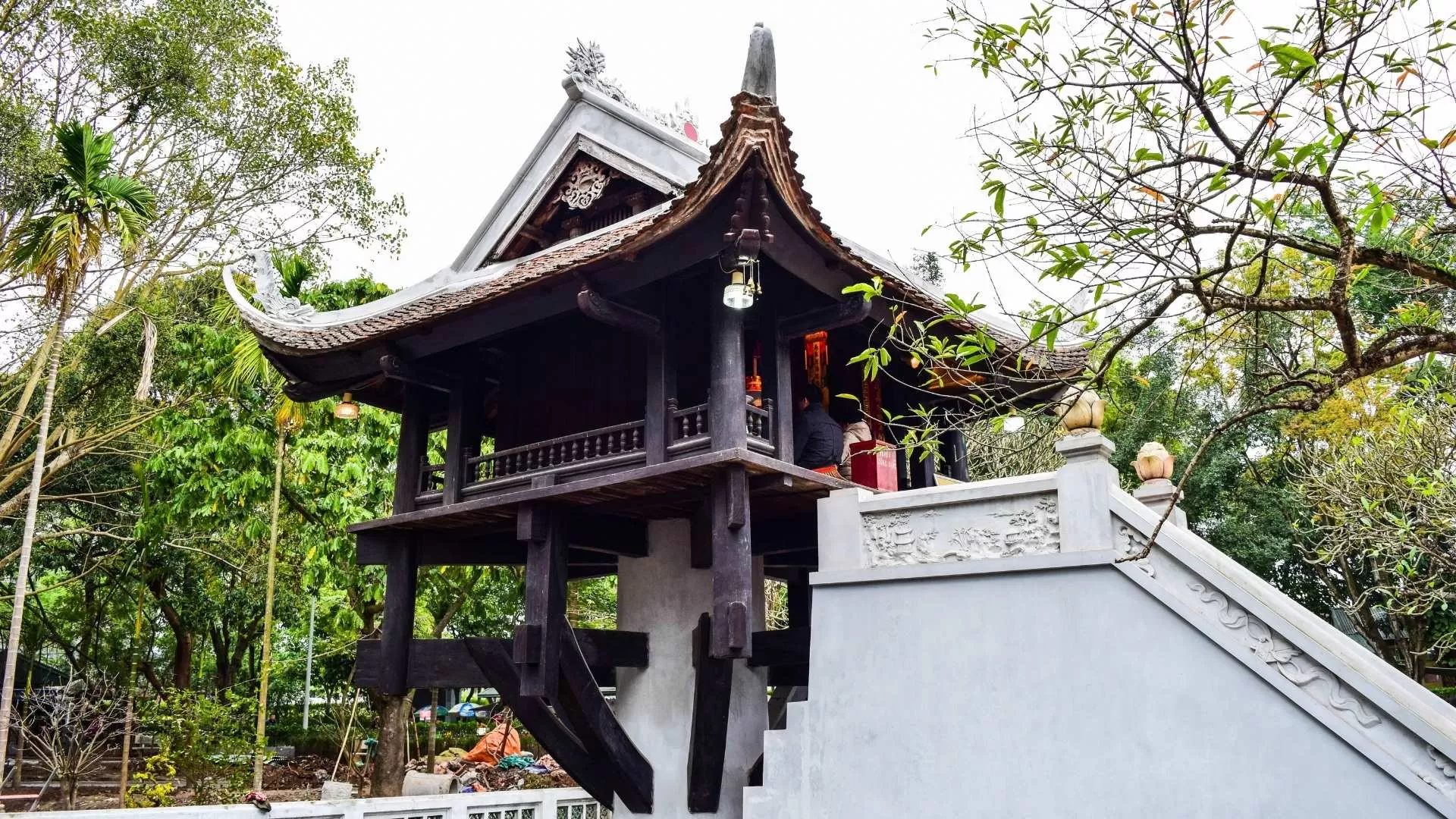
At first glance, this unique pagoda in Vietnam may appear modest in size, but its design holds profound meaning. The pagoda rests on a single stone pillar, symbolizing a lotus blossom emerging from a tranquil pond—a Buddhist symbol of purity, resilience, and enlightenment.
The architecture embodies traditional Vietnamese aesthetics, with curved roof tiles, intricately carved wooden details, and harmonious proportions. Inside the small temple sits a shrine dedicated to Avalokiteshvara, surrounded by offerings of incense, flowers, and fruits from local devotees who come to pray for health, prosperity and fertility.
The lotus imagery, combined with the pagoda’s serene setting, makes it a peaceful haven in the bustling city and an unforgettable stop for anyone seeking a deeper understanding of Vietnamese spirituality.
If you're drawn to spiritual landmarks and timeless architecture, don't miss these top 7 beautiful temples and pagodas in Hanoi you must visit.
Cultural significance and spiritual importance

Beyond its striking appearance, the One Pillar Pagoda holds a revered place in Vietnamese culture. It is not only an architectural masterpiece but also a sacred site for Buddhists. Visiting the pagoda is a common ritual during important occasions like Tet (Lunar New Year), with many people offering prayers for blessings, good health and family happiness.
In 2012, the One Pillar Pagoda was recognized by the Asian Records Organization as "Asia’s most unique architectural temple", further affirming its cultural and historical value on an international scale.
For visitors, a trip here offers more than just sightseeing—it’s a chance to witness living traditions, deep faith and the enduring spirit of Vietnam. The pagoda's role as a famous pagoda in Hanoi makes it a must-visit destination for those exploring the city’s rich cultural heritage.
If you want to fully embrace the cultural essence of Hanoi, why not join a guided tour that includes the One Pillar Pagoda along with other historic treasures of the capital? Hanoi Voyages offers carefully crafted experiences that ensure you don’t miss any highlights. Honeymoon in Vietnam 12 days - Luxury, charm, ethnic cultures, rice fields, and a cruise exploring Northern Vietnam plus 3 days sailing from Halong to Phu Quoc. Vietnam tour 18 days with Sapa and Phu Quoc - Explore the authentic beauty of northern Vietnam and unwind on the beaches of Phu Quoc in the south. Vietnam tour 21 days Absolutely from Hanoi to Phu Quoc island - A journey from the tranquil North to the vibrant South, showcasing Vietnam’s breathtaking landscapes and rich cultural heritage. Hanoi Voyages also offers tailor-made tours designed to match your personal interests—contact us to craft your perfect journey! |
Visiting One Pillar Pagoda: What you need to know
Planning your trip to the One Pillar Pagoda is straightforward. Here's what you need to know:
Address: Ong Ich Khiem Street, Ba Dinh District, Hanoi, Vietnam
Opening hours: 7:00 AM – 6:00 PM daily
Entrance fee: 25,000 VND ( $1) per person for foreign visitors
To avoid crowds, consider visiting early in the morning or late afternoon. Weekdays tend to be quieter compared to weekends or holidays. Modest clothing is recommended—cover your shoulders and knees out of respect for Buddhist customs.
Photography is allowed, but visitors are encouraged to be discreet and respectful, especially when ceremonies or prayers are in progress. A quiet, reverent atmosphere enhances not just your experience but also that of the worshippers.
Nearby attractions to explore
The One Pillar Pagoda is located within the Ho Chi Minh Complex, surrounded by several other historical landmarks. Take the opportunity to enrich your Hanoi experience by visiting these nearby sites.
Hanoi Flag Tower
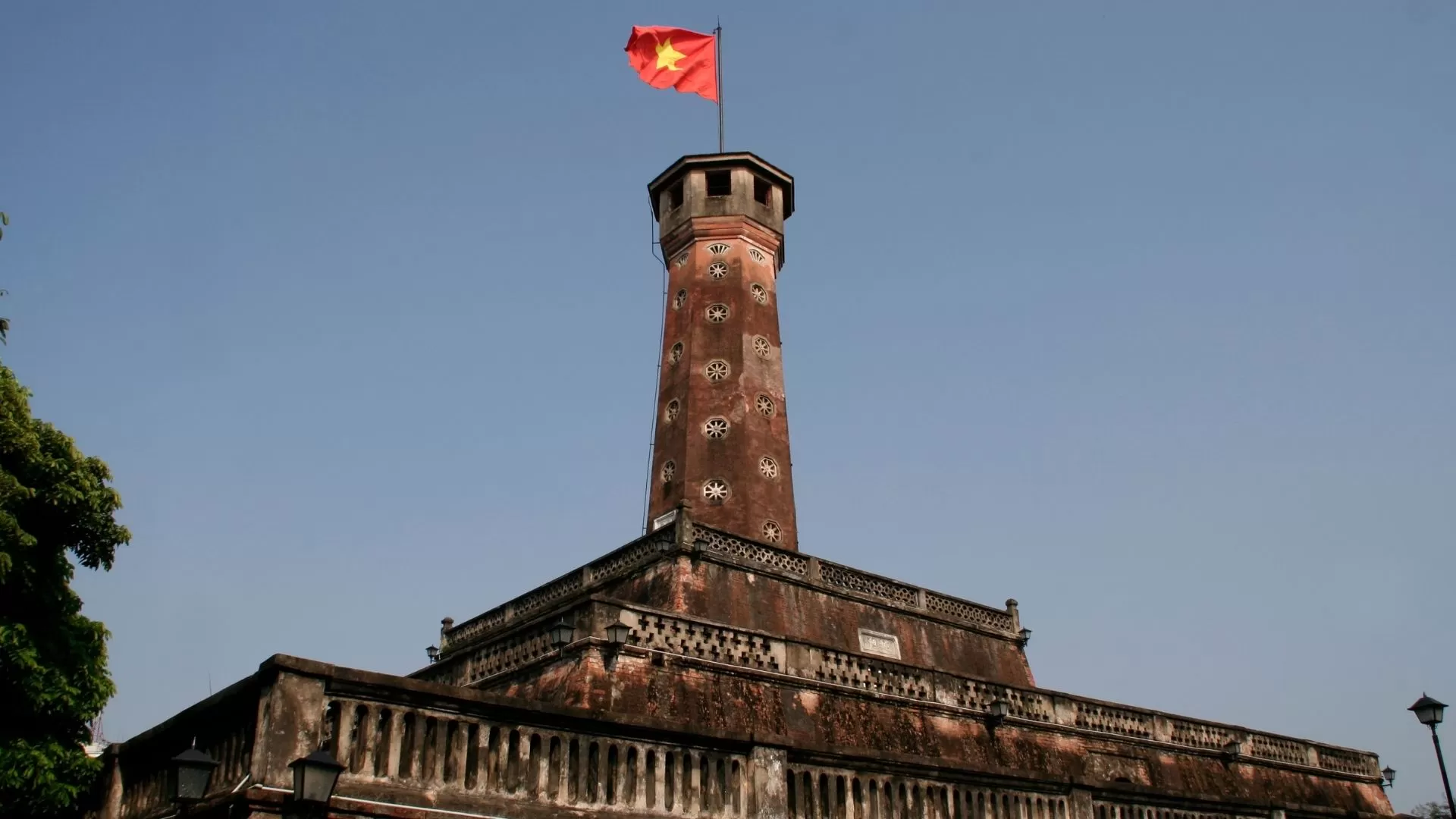
Just a short walk from the pagoda, the Hanoi Flag Tower is one of the city's most enduring symbols. Built in 1812 during the Nguyen Dynasty, it served as a military observation post. Today, it stands proudly within the grounds of the Vietnam Military History Museum, offering panoramic views over central Hanoi.
Imperial Citadel of Thang Long

A UNESCO World Heritage Site, the Imperial Citadel of Thang Long reflects over 1,000 years of Vietnamese history. Here, visitors can wander through ancient relics, explore excavated palaces, and admire the iconic Doan Mon Gate. The citadel is a testament to Vietnam's dynastic past and its resilience through wars and colonial periods.
Ho Chi Minh Mausoleum
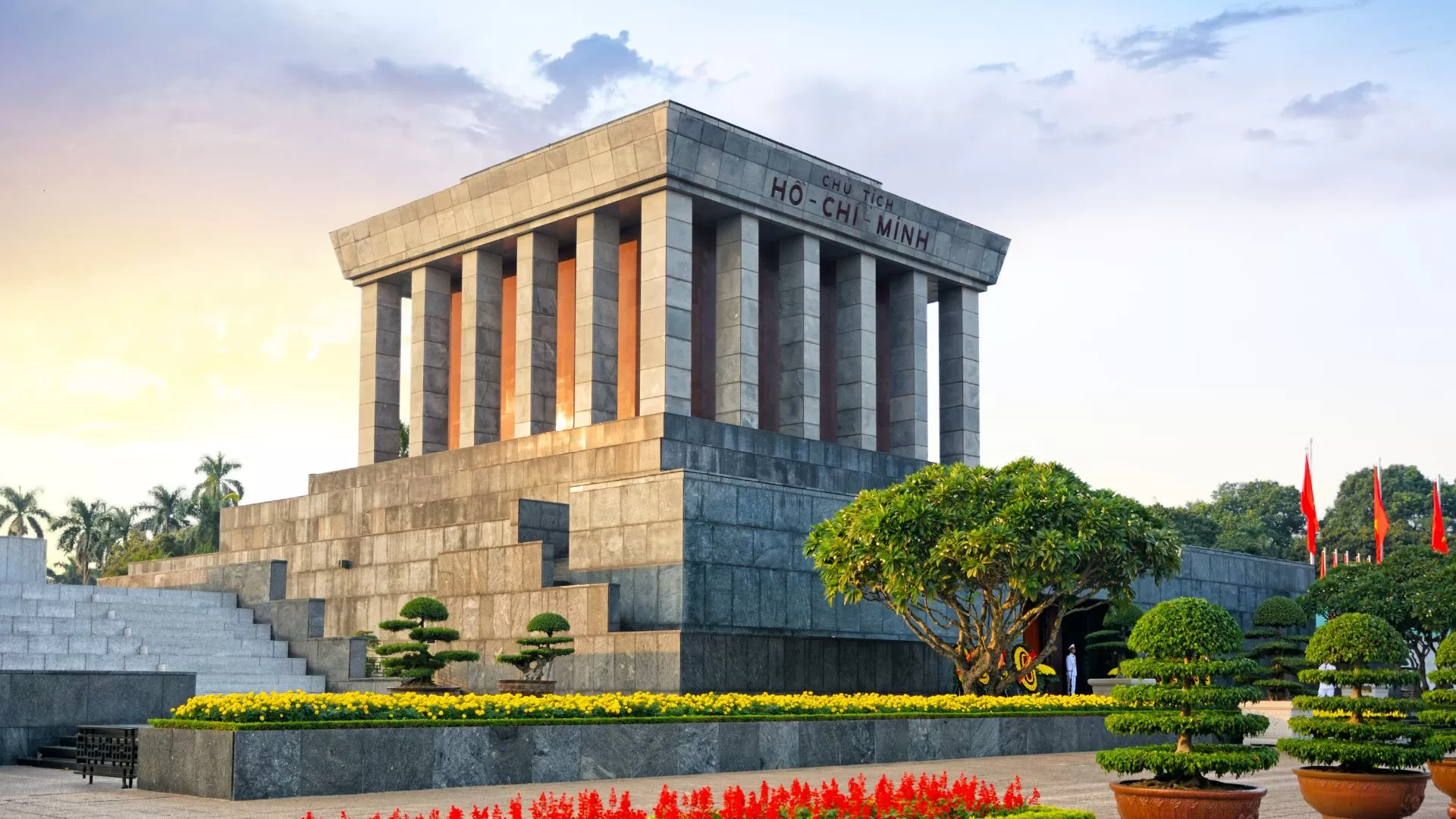
Located adjacent to the One Pillar Pagoda, the Ho Chi Minh Mausoleum is one of Hanoi’s most visited sites. This solemn monument houses the preserved body of President Ho Chi Minh, the revolutionary leader who guided Vietnam to independence. It’s a place of national reverence and a key stop for understanding modern Vietnamese history.
Visiting the One Pillar Pagoda is an enriching experience that offers both spiritual insight and a deep dive into Vietnamese culture. Whether you’re exploring the architectural wonder or connecting with local traditions, this iconic landmark is a must-see in Hanoi. For a truly memorable trip, consider booking a tour with Hanoi Voyages. Our expert guides will enhance your visit with fascinating insights, ensuring you get the most out of your experience.
Contact Hanoi Voyages today to plan your cultural adventure in Hanoi!
Dream about your trip to Asia, in private
We are here to make it happen with youFREE QUOTE, WITHOUT OBLIGATION







